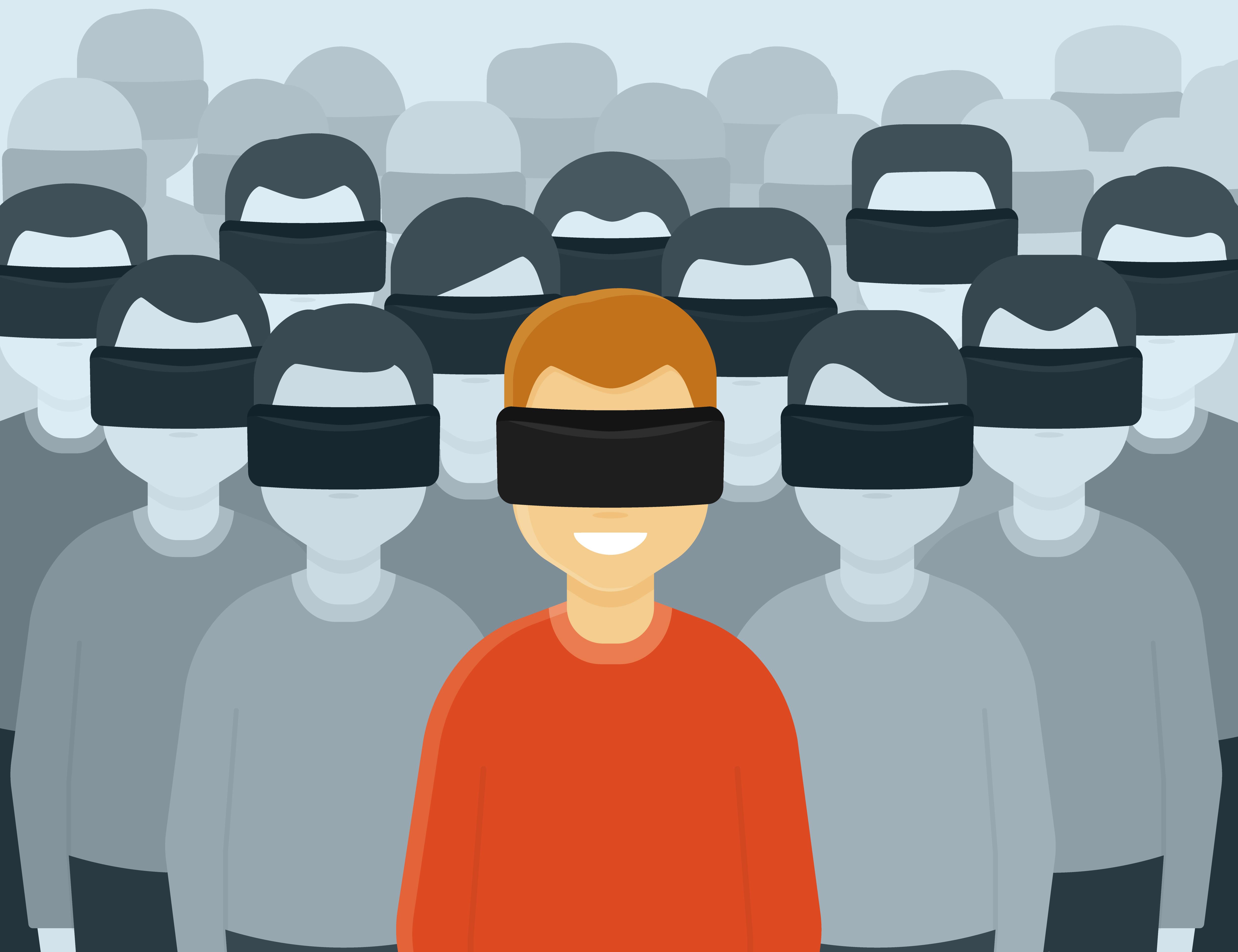What publishers need to know about Google Daydream
The NYT experiment has generated a lot of excitement in the publishing world as media companies work out how they can harness VR movie making as way of creating high-end, brand-friendly content.

The problem with Virtual Reality for media companies is at the moment the equipment isn’t quite ready yet. At the high-end are devices like the Oculus Rift which are really optimised for gamers and business users rather than content. As for the Google Cardboard it offers viewers a glimpse of VR, but is arguably too Heath Robinson in design and low-tech in execution to light the blue touch paper on the VR content revolution.
So there was considerable excitement last week when Google announced the next stage of its VR journey – Daydream. Google, like many others in the industry, is betting big that the future of VR is about mobile devices and Daydream is its punt at taking the format mass market. So at this juncture what do publishers need to know about daydream?

1. It is not a device itself
Rather it is a mixture of standards and accessories which Google hopes will become the de facto standard for mobile VR. Firstly the software will be incorporated into Android smartphones, so Google has been working with a series of manufacturers (including Samsung, HTC, LG, Xiaomi, Huawei, ZTE, Asus and Alcatel) who will deliver Daydream ready phones from the autumn. In theory every high-end Android phone could work with Daydream within a couple of years.
As for the headsets Google has chosen not to manufacture them but is working with OEMs who will create them. Some phone makers have already delivered VR systems like Samsung and its Gear VR. The key issue with the Gear VR is that it only works with Samsung mobiles, whereas the Daydream headset will work in theory work with any Daydream-friendly phone.
The third part of the system is the controller which Google has shown prototypes of. This enables the Daydream user to interact with the Virtual Reality space – or the film – in which they are placed in. If you think of a small, but basic Wiimote (the controller that comes with the Nintendo Wii) you aren’t far off.
2. It will be relatively cheap
Clay Bavor, the leader of Google’s VR division, believes a full Daydream kit including a phone will cost around £550. This would mean that the headsets could start at around US$100 (similar to the price of the Samsung headset), with the remote about half that figure. If Google is to make Daydream mass market it needs to keep costs as low possible.
3. It is Android only for now
Google’s Cardboard viewer works with iPhones, but Daydream is specifically optimised for Android. There are rumours that Apple will talk about its VR strategy for its handsets at its upcoming WWDC conference. There are however some industry pundits that think Apple will be very late to the game with its VR system, letting Google make mistakes while its optimises its offering.
4. Google is going to use YouTube to push VR content
There are already lots of 360 videos on YouTube. Gaming is set to be the killer app for VR for the consumer, but video content shouldn’t be too far behind.
So Google has thrown the gauntlet down to other phone manufacturers. The big story for publishers is that Google clearly wants to take VR to the mainstream, and the unveiling of Daydream is the first real sign that a Virtual Reality ecosystem could emerge. Is a new era of creative immersive filmmaking from publishing companies around the corner? At last it seems like the structure to make it happen is in place. Whether it will excite consumers is another matter.
More like this
Virtual reality’s time has arrived
Trends in media innovation – ways of storytelling with crowdsourcing and virtual reality








